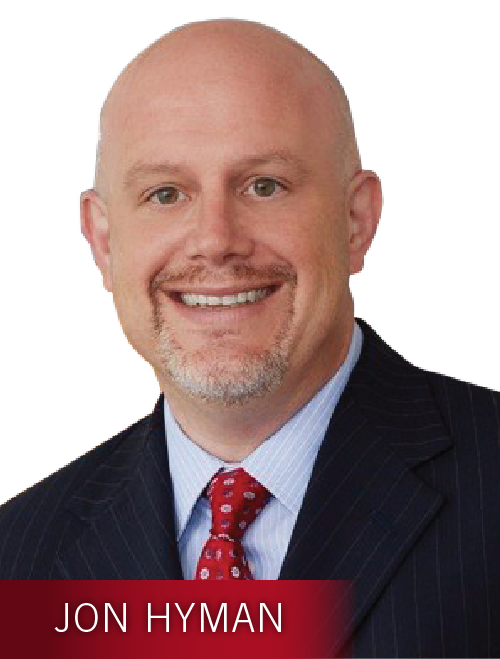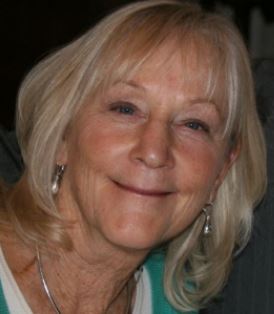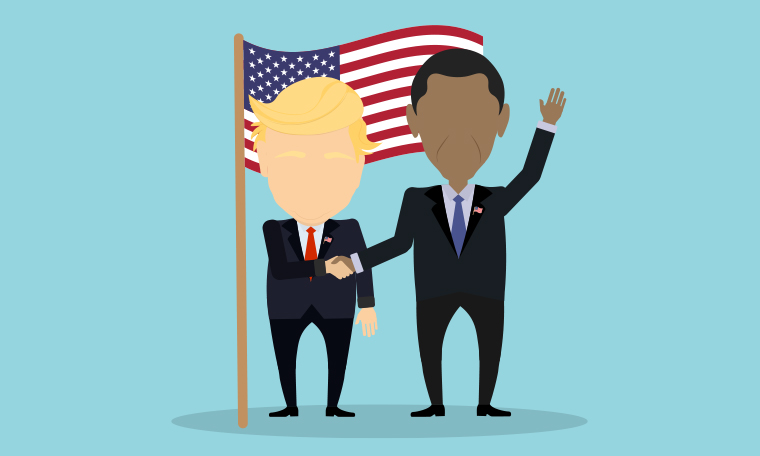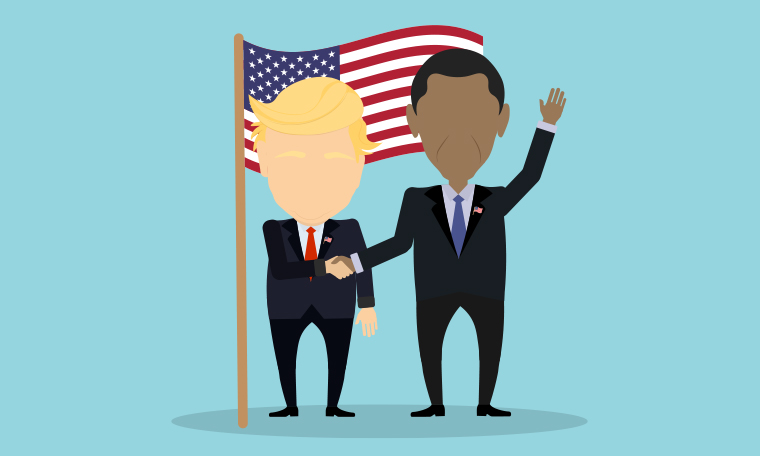About a month ago I blogged about the movie “Hidden Figures.” I’m still gratified at the amount of support the piece received, so I feel justified in revisiting this particular well for a different reason — whitewashing.
Hollywood, rather the film industry in general, has always been a bit more advanced than corporate America when it comes to accepting and promoting diversity. I say a bit because both have their issues, and likely will continue to have those issues for some time. But, however long it actually takes to cross that particular finish line — I will not be holding my breath — the film industry is moving more quickly and visibly toward parity.
When I read “Hidden Figures And the Diversity Conversation We Aren’t Having” on Huffington Post’s Black Voices channel, I rolled my eyes. Not because of the article — the piece was well written and perfectly logical — but the idea that a white film director, Theodore Melfi, should be taken to task for “whitewashing” history because he took creative license with some historical facts bugged me.
In the film — sorry if you haven’t seen it already; I’m about to spoil a highlight — Al Harrison (played by Kevin Costner) knocks down a colored restroom sign. He does this because Katherine Johnson (played by Taraji P. Henson), the brilliant mathematician at the heart of the narrative, has been missing in action for a good chunk of the film, running back and forth to a segregated toilet a half-mile away. Harrison says, “Here at NASA we all pee the same color.” This was the so-called white savior moment.
Melfi admitted he made that scene up and was subsequently accused of whitewashing in order to appeal to a white audience. But his response, “These are creative choices, these are not catering to a white audience or catering to a black audience, this is making the best movie,” holds up.

According to NASA, desegregation actually happened via memo. I think we can all agree Kevin Costner knocking the hell out of a sign emblematic of oppression, cruelty and struggle is the stronger message. I would also posit that it is entirely acceptable for Melfi to put Harrison’s character in this white savior position, with one codicil. Let’s immediately scratch the words white savior from our memory because they sound yucky and unnecessarily biblical and replace them with — wait for it — leader.
Maybe if there were more so-called white saviors, or, white leaders who are unafraid to step forward and set an example for their brethren to follow, things would move a little bit faster on the diversity continuum. White savior? Good grief.
The idea that minorities need or want to be saved is both insulting and completely inaccurate. I — a double minority — don’t want or usually need a helping hand when I fall down. It’s nice when it happens, but I’m a big girl. Even if I metaphorically skin my knees, I can handle it. But when I do fall down, because everyone makes mistakes at some point in their life and career, I don’t want everyone looking up my skirt and laughing up their collective sleeve as I pick myself up off the ground. Know what I mean?
Don’t make it hard for me to learn or to fail or to do my job. Don’t throw arbitrary obstacles in my path that make my work more difficult, and then when the product you demand suffers because of that, punish me as though I am solely to blame for everything that has gone wrong.
Failing — particularly if you fail fast, learn the lesson and pass that learning on to others — is good more often than it is bad in an organizational context. In business, growth of any kind can pave the way for process, product and service changes and innovations that are often the direct result of someone’s failure or mistake paving the road to a better way.
So, yeah. Be my champion when you see things aren’t right on the job. I could care less what color you are, but if you’re white, I commend you. I know it’s not always easy to buck the system, rock the boat and risk your standing and career when your peers start whispering about loyalty and question your intentions or the motivations behind your actions.
In the movie, Harrison was visibly uncomfortable more than once. He saw Johnson being mistreated, but it was easier to go along and get along, to ignore his team not acting like a team toward one of its members because that was the way things had always been done. When he finally had his savior moment — I’m cringing as I type that word — it wasn’t some heroic movement. It was a leader finally getting all of the information and doing what was necessary to ensure that a very specific productivity and performance barrier was removed.
Sure, he did it passionately, noisily and disruptively, and I doubt many leaders could get away with that kind of violence against signs these days, but it’s a movie.
In real life, minorities in the workplace don’t need saviors. But we want them.
We want our supervisors and managers to stick up for us when we’re being mistreated, ignored, belittled, discounted and misunderstood. Whether they do so loudly while breaking a sweat going postal on a sign, or quietly behind closed doors when they put forth our names for the high potential leadership program or for a promotion, corporate America could use a few white saviors.
But in the workplace, we simply call them leaders.
Kellye Whitney is associate editorial director for Workforce. Comment below or email editor@workforce.com.


















